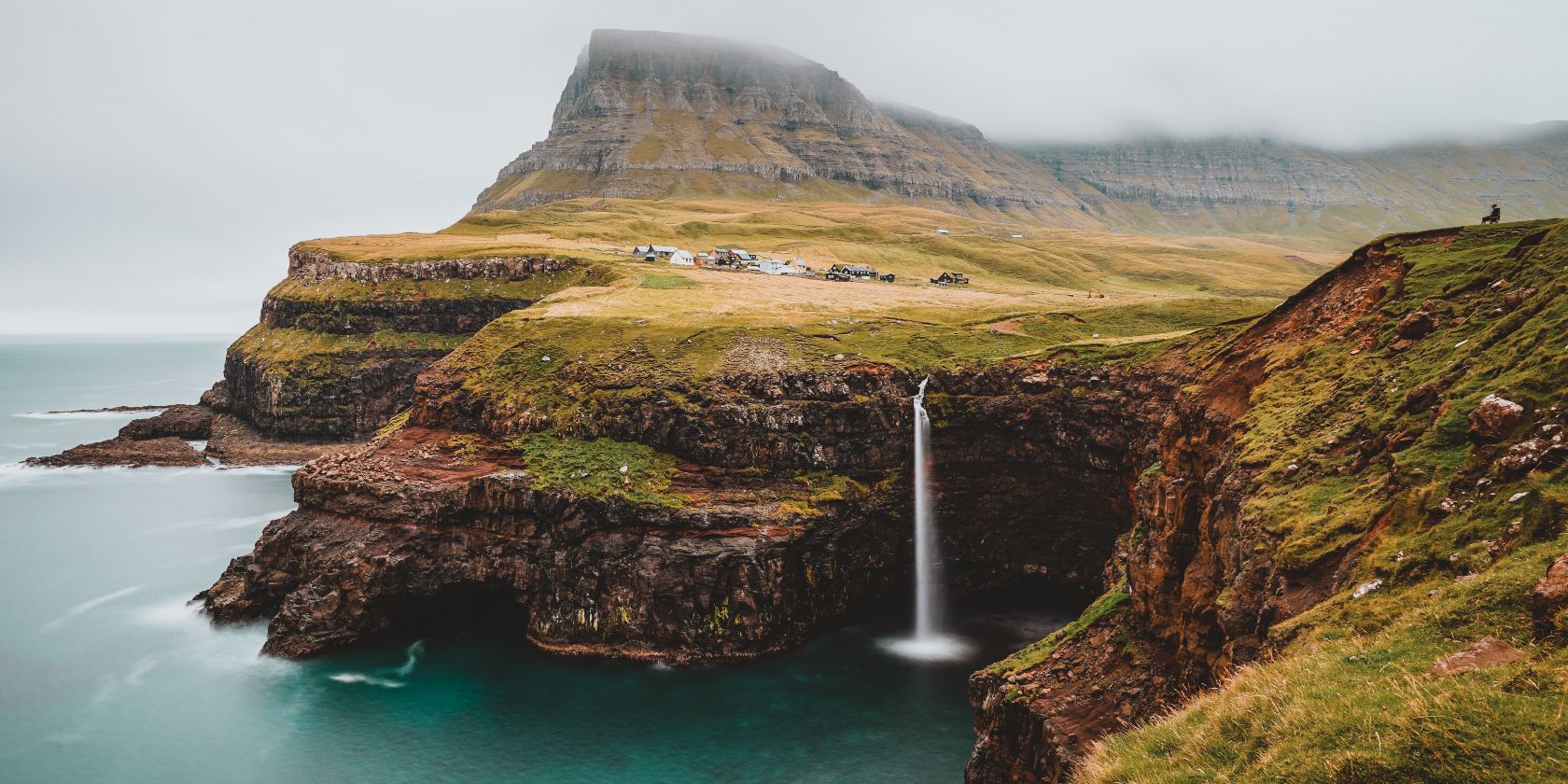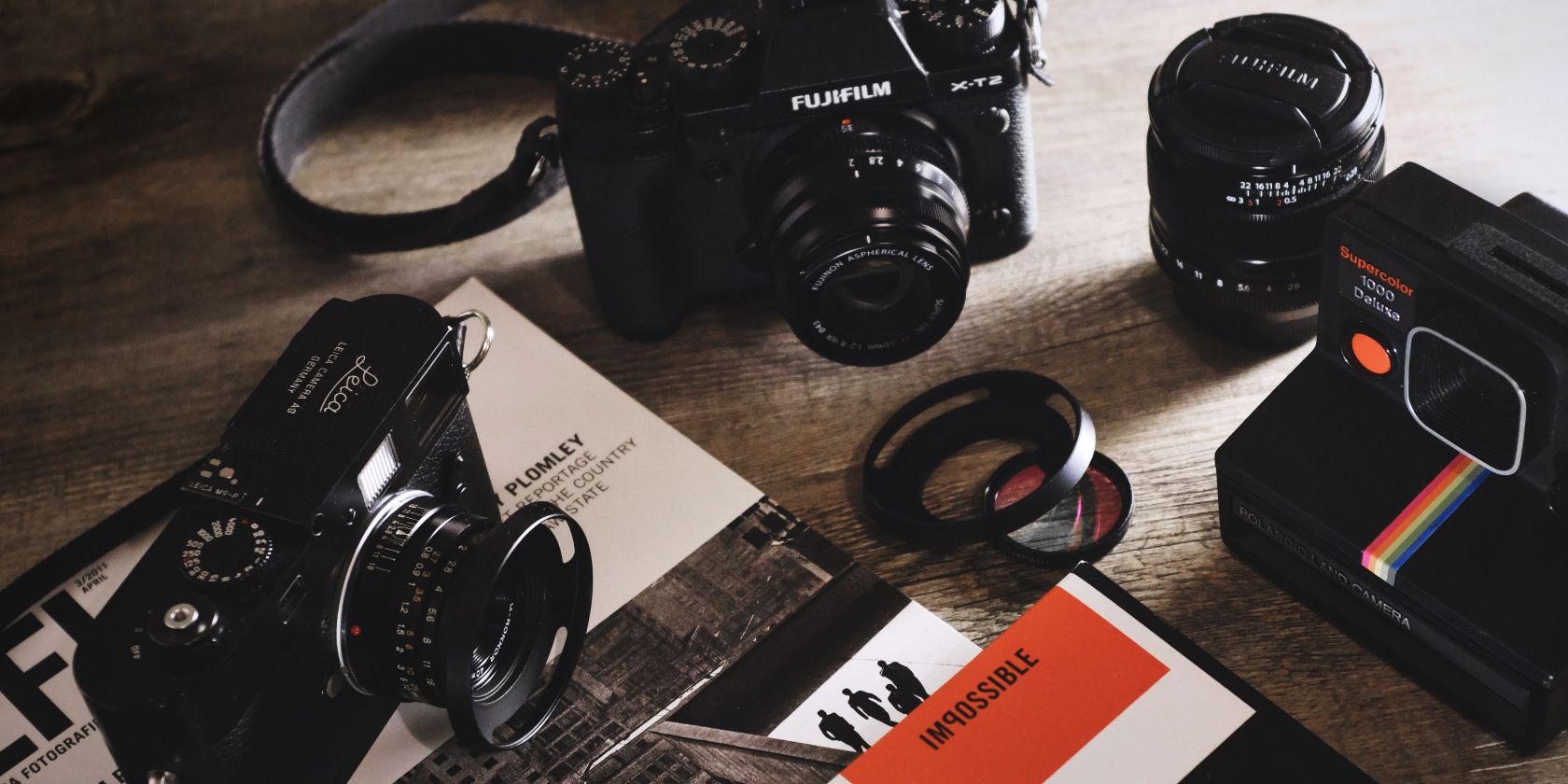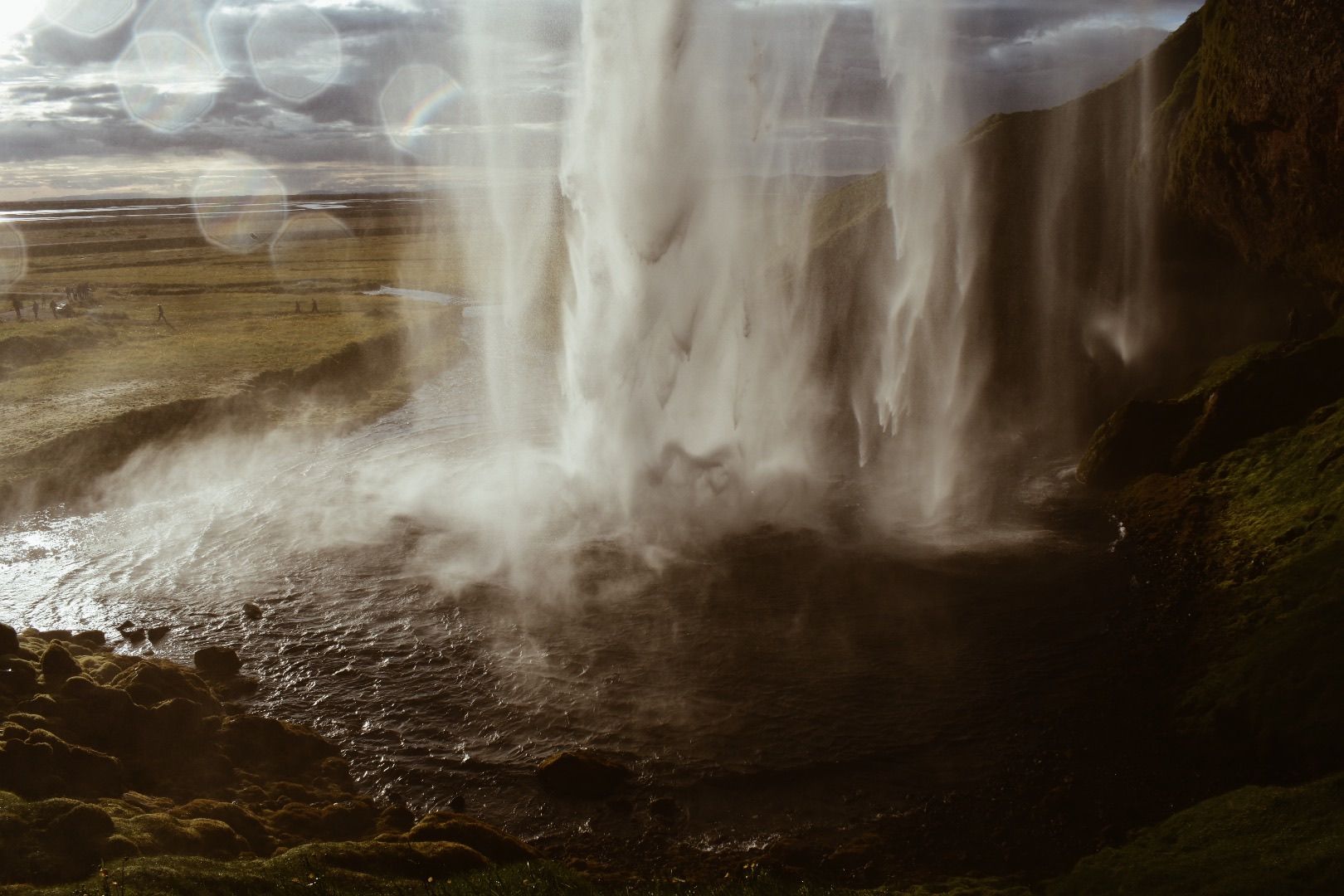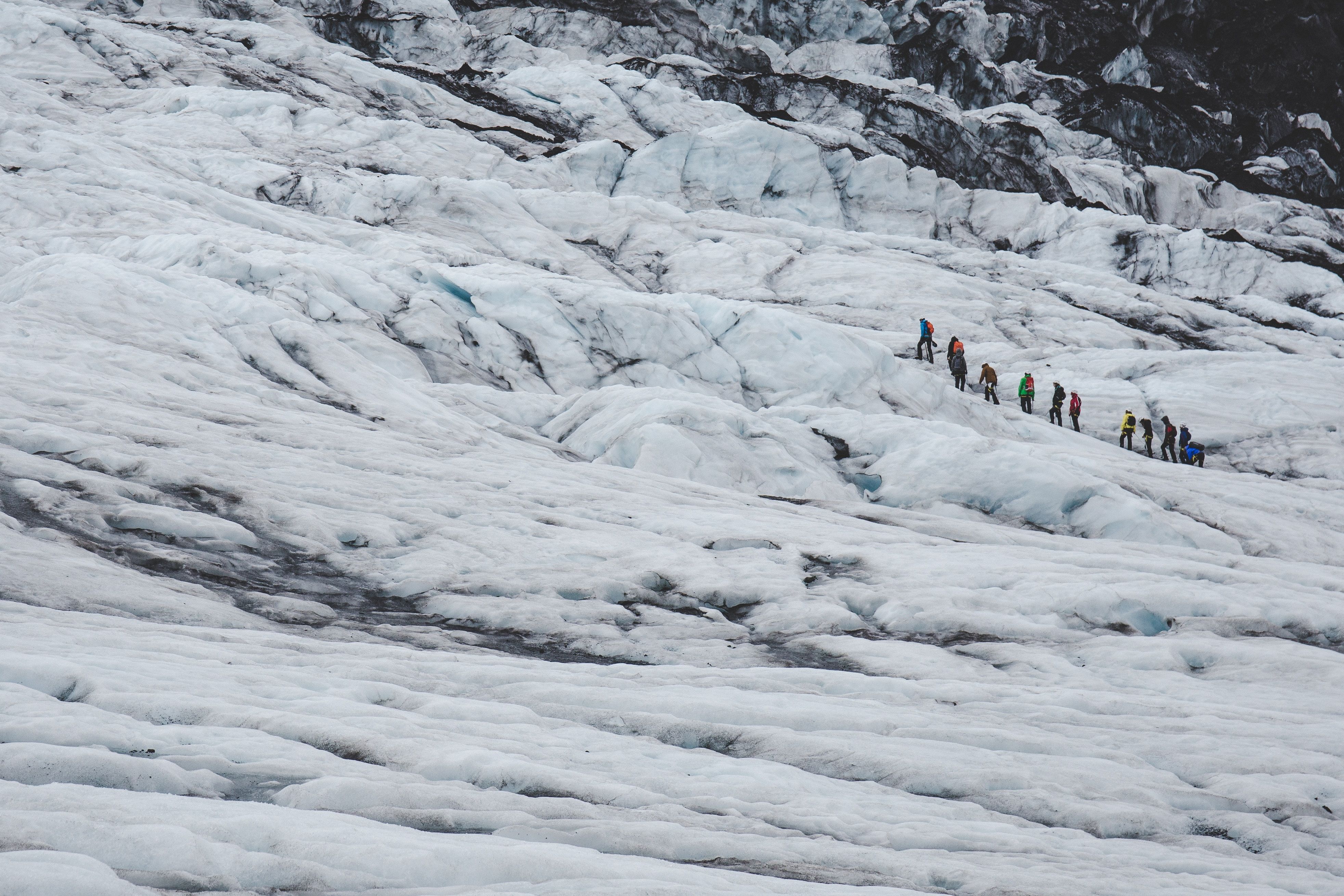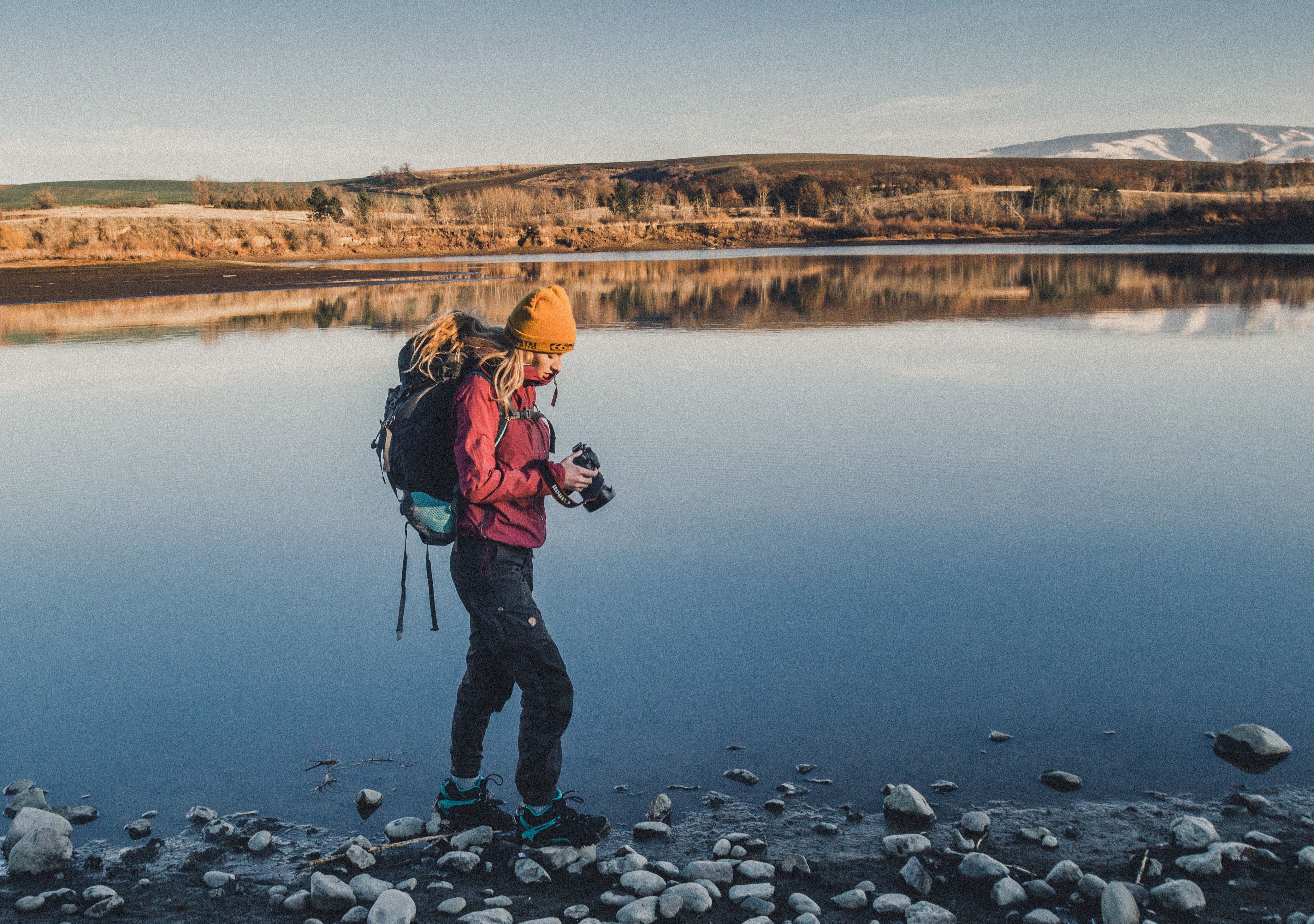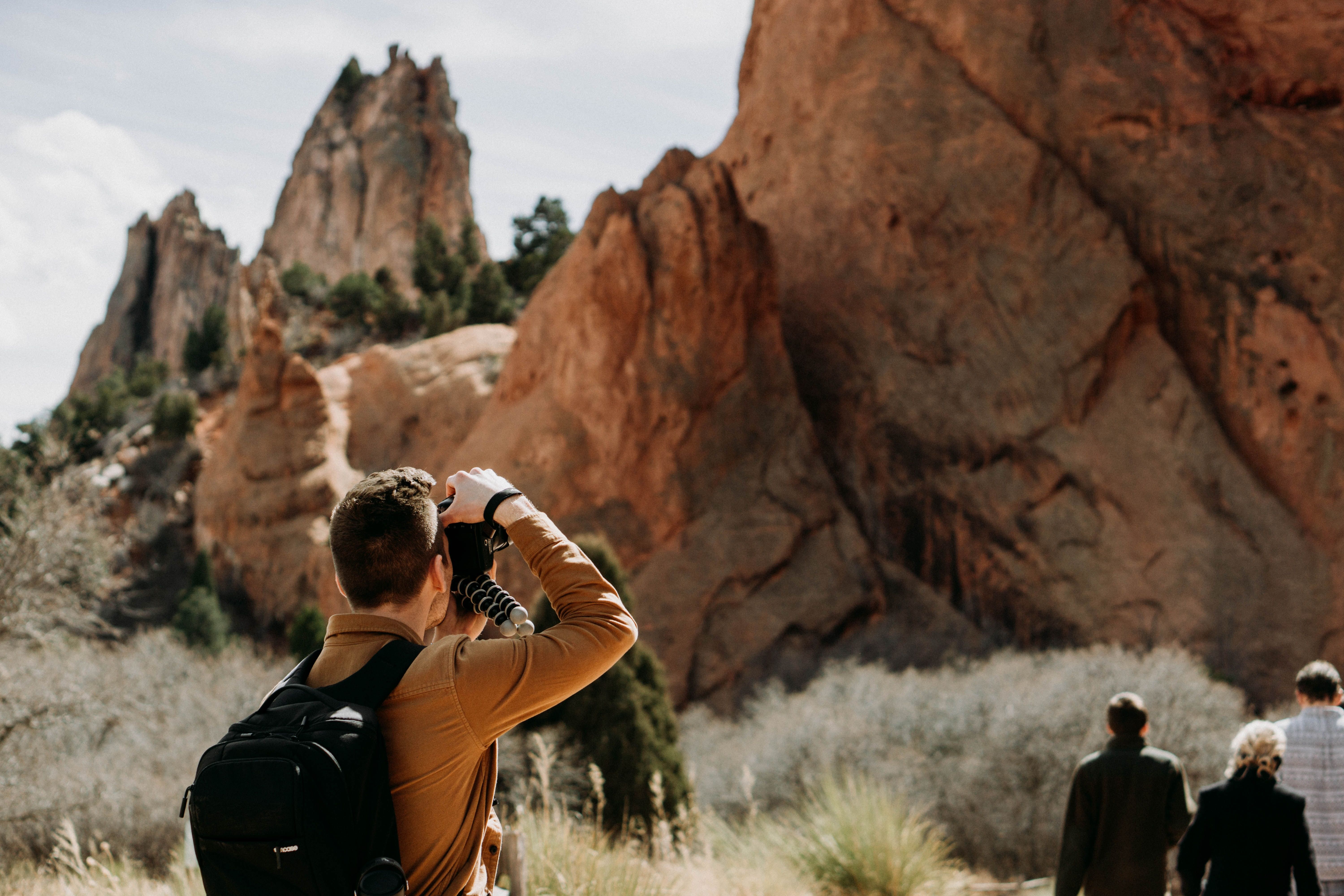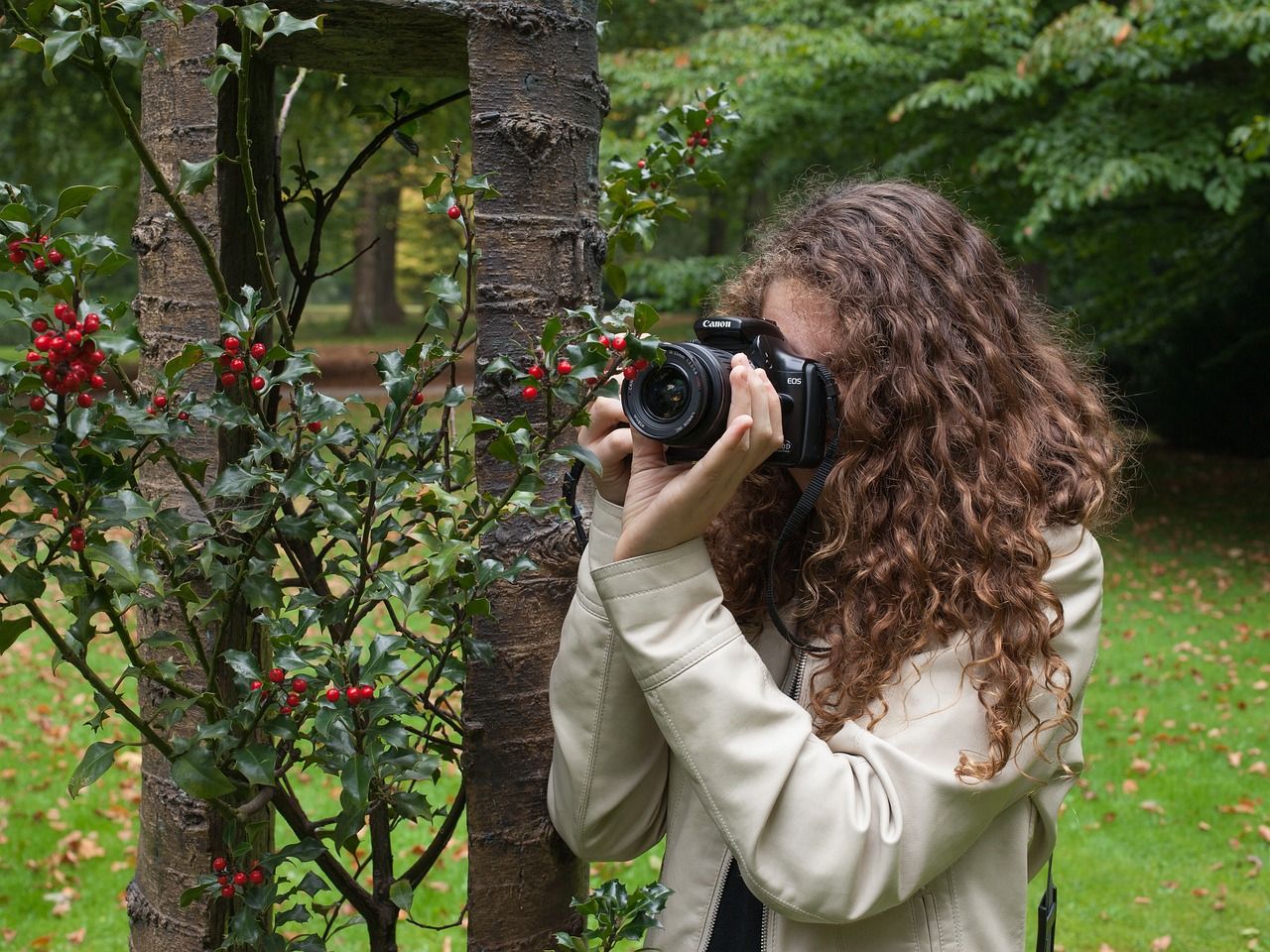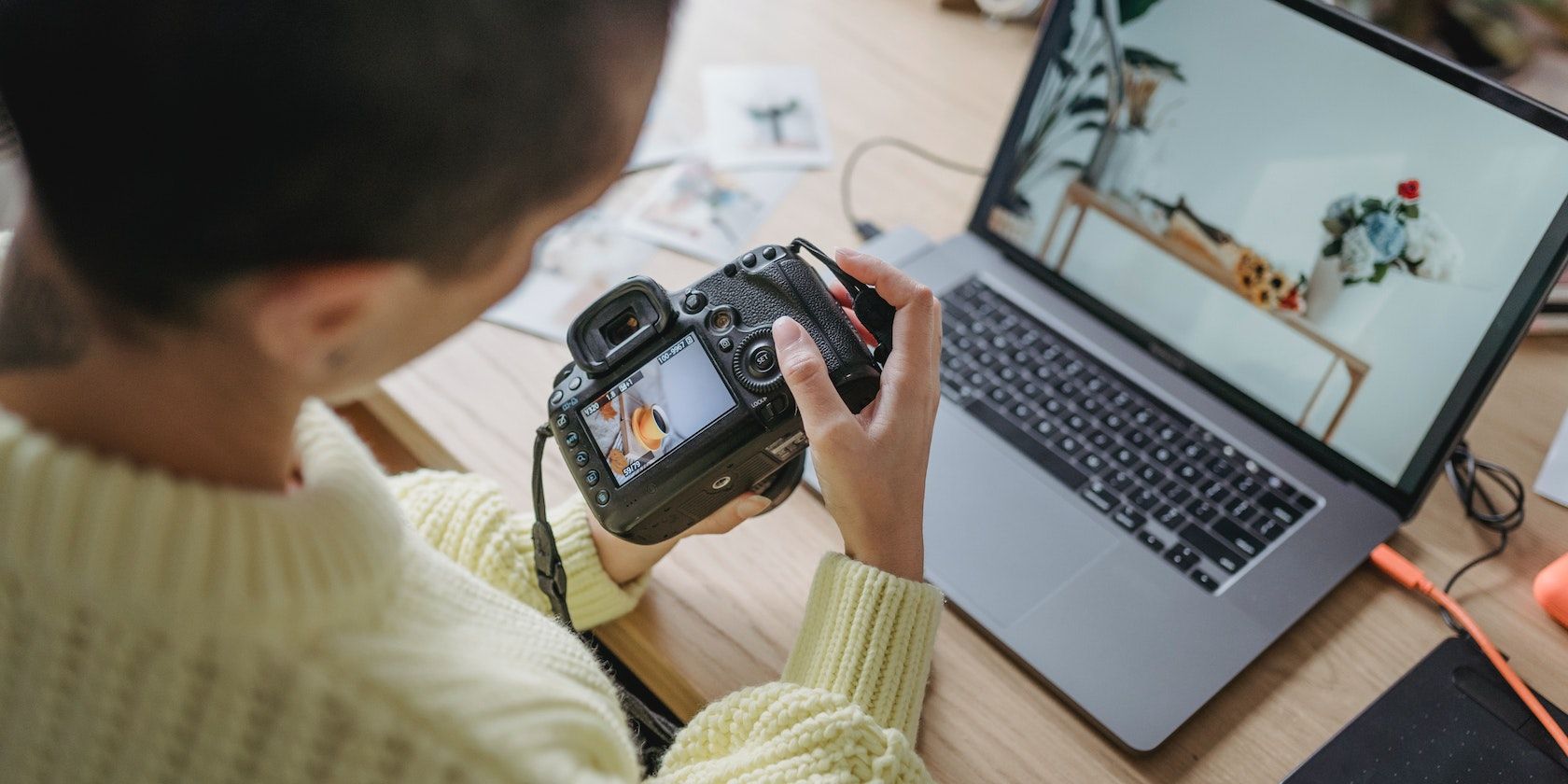Landscape photography is one of the most popular forms of photography; almost everyone with a camera or smartphone has taken a shot of a mountain, beach, or waterfall at some point. But while this genre seems simple to master, the reality is very different.
When you begin as a landscape photographer, you'll often take a picture of what's in front of you without overthinking. After all, there are only so many ways to make a mountain look interesting, right?
If you want to improve your skills beyond the casual phase, you must focus more on the stories in your images. And if you're stuck for ideas, don't worry; we've listed some surefire landscape photography tips below. Let's jump right in!
1. Use a Prime Lens
When you first get a new camera, you'll typically receive a kit lens as part of the package. These lenses are good for getting comfortable with taking pictures, but because you can zoom in and out, you might find that there are too many choices. As a result, you might spend more time faffing with your camera than focusing on the scene in front of you.
When using a prime lens, you can't zoom in or out, so you'll focus more on the composition. Prime lenses are also better suited for landscape photography because they can help you hone in on and only capture what you want, and they also tend to be sharper than zoom lenses.
If you're struggling to pack your camera bag for a hiking trip, understanding the essential items for travel photography is a helpful starting point.
2. Keep It Simple
A common mistake that beginner photographers make is thinking that including more in the composition is better. However, this isn't the case; if there's too much going on, you'll distract the viewer.
Landscape photography—and photography in general—is more about getting rid of what you don't want. Take a moment to think about the story you want your photo to tell. For example, a single cabin surrounded by vast wilderness might express feelings of isolation.
By keeping your landscape photography simple and making use of negative space, the viewer will instantly know what you're trying to say through your art. As a result, your picture will become more memorable to them.
3. Consider the Time of Day
Landscape photography is largely about advanced planning, including thinking about the time of day you're going to shoot. Lighting will completely change the mood of your photo, and taking pictures at the wrong time of day can result in unwanted shadows or glare.
If you're visiting somewhere that is popular with tourists, it's also worth choosing a time of day when you can avoid them. That way, you can take your sweet time with setting up and curating the perfect composition—plus, you won't need to jostle through crowds of people to get the same shot as everyone else.
4. Don't Discount "Bad Weather"
In many cases, "bad" weather is often the best time to go out and do some landscape photography. These conditions can make your images more dramatic, and there's the bonus of being on your own. Learning how to take beautiful photos in the winter is especially rewarding, too.
Of course, taking photos in typically non-ideal weather conditions requires some common sense; don't go if you're putting your life in danger, and make sure that you protect your camera equipment. Weather-sealed bodies and lenses are a good idea, as well as rain covers.
5. Include People or Wildlife in Your Images
The problem with many landscapes is that, while beautiful, the same picture has been taken far too many times.
Having said that, popular locations still offer plenty of unique photography opportunities. One of the easiest ways to add life to your landscape photography is by including people or wildlife. Doing so will instantly give your picture more personality—as long as you don't do generic poses (yellow jackets under waterfalls in Iceland, we're looking at you!).
If you're stuck for ideas, you can always try these ways to take unique photos in popular tourist destinations.
6. Think Outside the Box
One of the best landscape photography tips we can give you is to think a little differently. If you stand in the same position and take your photo at the same angle and time of day as everyone else, you're going to get average results.
Before you head out and start taking pictures, think about the location and what might be worth including in your images. If you can, try visiting beforehand to do some location scouting. That way, you'll find yourself less likely to take pictures just for the sake of it or capture what everyone else is already capturing.
7. Take In Your Surroundings
Many beginners will go somewhere just to take a few pictures and move on to the next spot. By doing this, they dramatically limit the quality of what they could produce.
As with any skill, rushing is going to get you mediocre results. Photography is no different, and quality is much more important than quantity. So before you start snapping away, spend some time walking around and simply sitting or standing there, and really soak in what's around you.
You'll become more familiar with your surroundings and notice what others don't, which will enable you to tell a more meaningful story.
8. Stabilize Your Camera
Depending on where you are, landscape photography will pose several challenges. For example, you might stand on uneven ground or have to deal with windy weather. These, and many other things, can cause your camera to shake, which will result in blurry images—though there could also be other reasons why your photos are blurry.
If you're shooting in any situation where you need a slower shutter speed, you need to keep your camera as still as possible. You can do this by placing it on an even surface or keeping it as close to your body as possible. The easiest way, however, is to take a tripod with you.
9. Don't Edit Too Soon
It's easy to find yourself spending all day outside and filling up your camera's memory card before going home and editing everything straight away. However, importing everything into an editing program without waiting might lead to subpar editing. This is because you likely haven't yet detached from the emotions you associate with the images.
I partially did this in the beginning because I had so many photos to edit, but I now can go a few weeks—if not months—before I begin editing photos from previous adventures. But besides managing your photography workflow better, you can also adopt more of a rational approach to your editing when you wait.
10. Save Landscape Locations in Google Maps Beforehand
One unique challenge of landscape photography is that navigating to interesting photo spots can sometimes be quite challenging. Although you might not have access to the internet on some photoshoots, it's a good idea to save some locations that you think would be cool to photograph before you head out.
Saving locations in Google Maps is very easy. The simplest way to do so is on a smartphone or tablet.
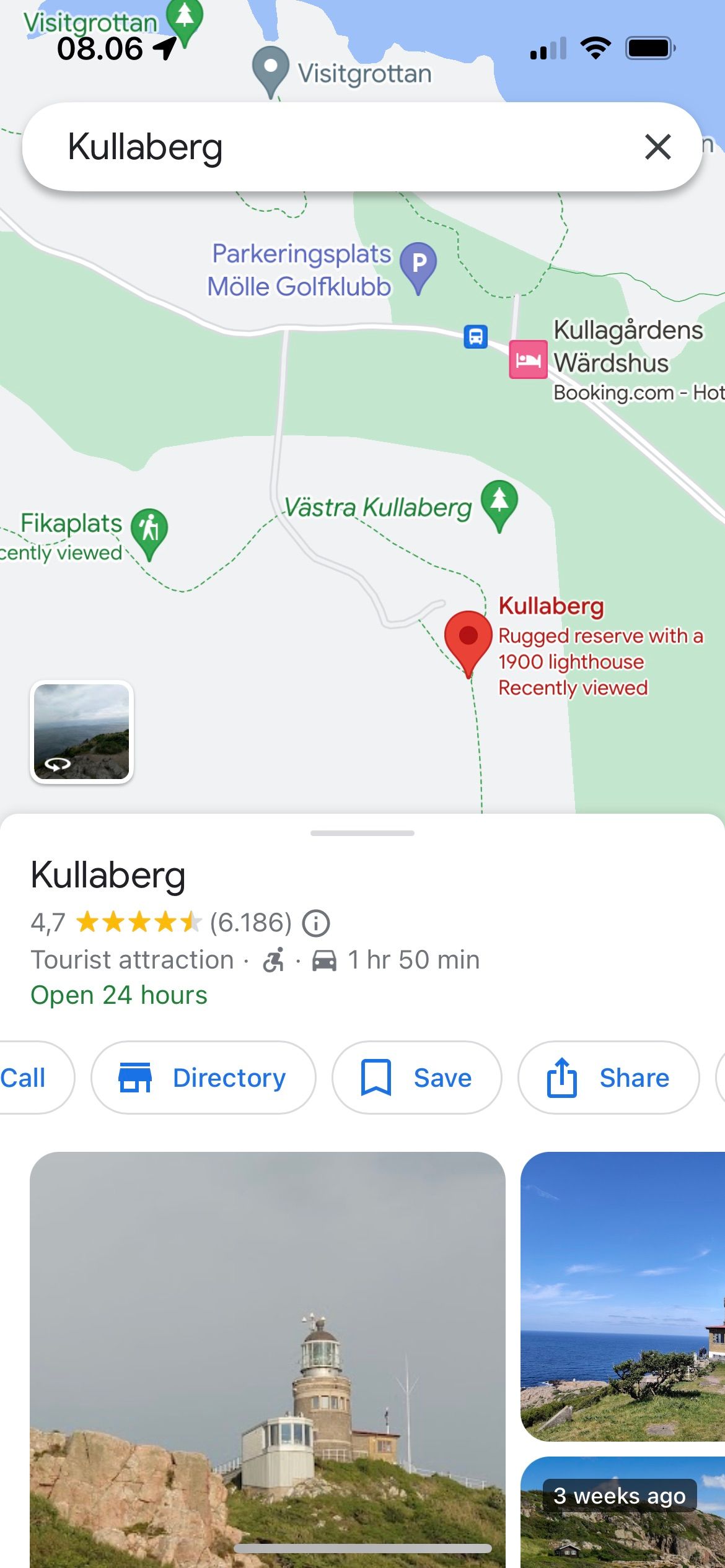
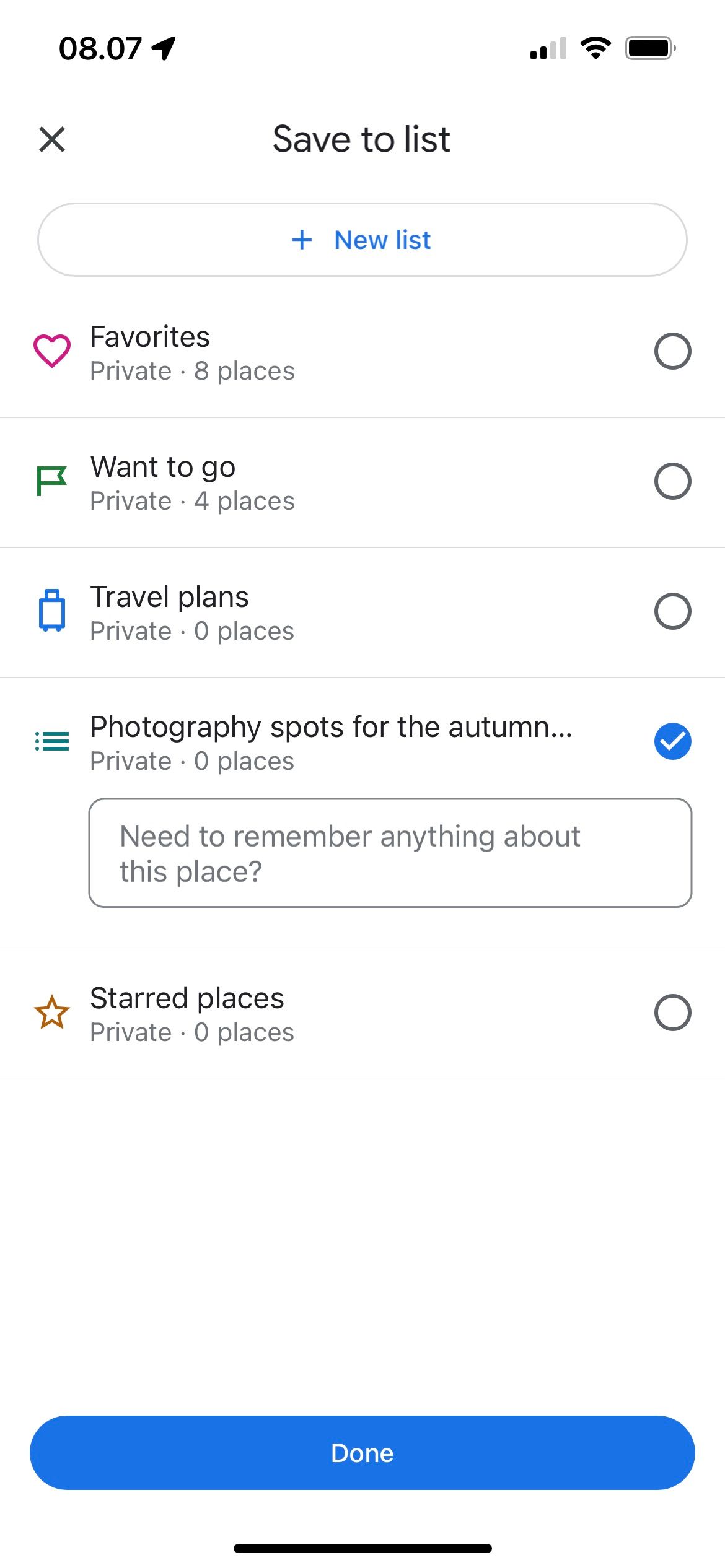
- Open Google Maps.
- Tap on a location that you think would be interesting to photograph.
- Scroll along until you see the Save option.
- Choose or create a list to save your location to. You can also type anything you need to remember in the text box titled Need to remember anything about this place?
- Tap Done when finished.
Key Takeaways
- Use a prime lens for sharper and more focused compositions in landscape photography, and to avoid getting distracted by too many zoom options.
- Keep your compositions simple and focus on the story you want to tell, using negative space to make your images more memorable.
- Consider the time of day for shooting to capture the right lighting and avoid unwanted shadows or glare, and choose less crowded times to have more freedom in setting up your shots.
Landscape Photography Is Not as Easy as You'd Think
Progressing beyond the beginner phase in landscape photography is a little trickier than people think. Grabbing unique shots is crucial for standing out, especially when most photos you see on social media are carbon copies of each other. And being unique requires a lot of effort and thinking.
We've only covered the basics, but these simple landscape photography tips will help you up your game with your next photoshoot. What are you waiting for?

